No matter where you live when you’re choosing a decking or cladding material, you’ll have to be mindful of how that material will change over time from exposure to weather. When it comes to building with real wood, heat and humidity can have a huge impact on the cellular structure, which can damage it over time in extreme environments. What is the durability of thermally modified wood in different climates?
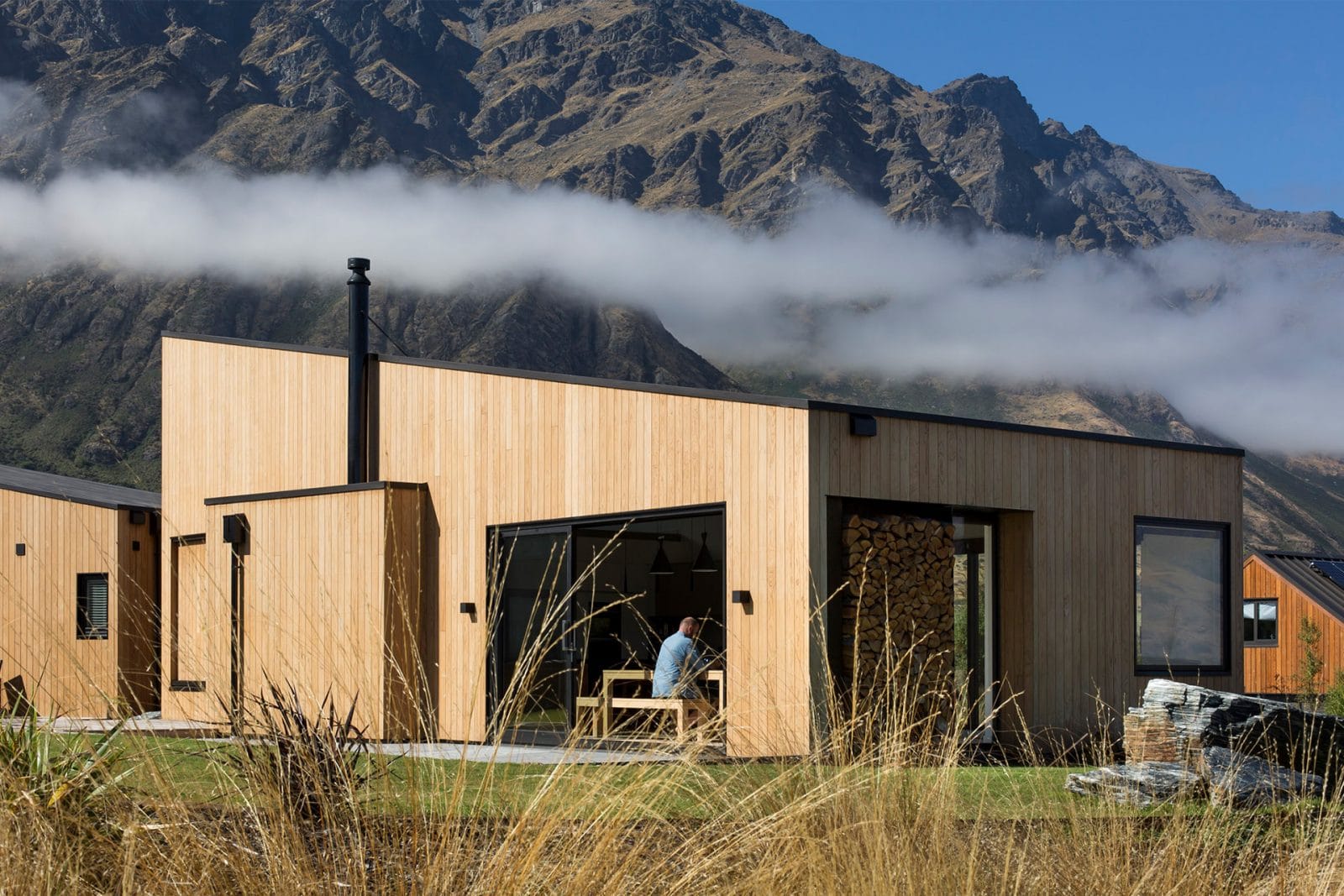
We understand that many of you are looking for a material that will hold up no matter where you live. We want to provide the information you need, and hopefully give you some inspiration to think big and design whatever you can dream up, with fewer limitations.
All wood products retain some moisture, which means there could be cracking, swelling, or potential shrinkage. How well lumber can cope with temperature and humidity changes depends on many factors, like the wood’s species and even grain direction. Its natural resilience can also be further enhanced with a range of treatments.
Our thermal modification process isn’t magic; it was developed based on scientific principles and evidence. According to a study by Zhang et. al, wood that is modified with heat absorbs much less moisture than untreated wood. This study also found that drying lumber in an oven (or a kiln) causes the chemical composition of the wood to change, making it not only absorb less moisture but weigh less overall.
At Thermory, we start with kiln-dried wood, then use heat and steam to remove the sugars from the wood that may lead to rot. Those sugars are what fungi and insects love to feed on; but our process changes the composition of wood on a molecular level. In addition, our process reduces the amount of moisture in the wood, which would normally cause warping, shrinking, expanding, or splitting. For Thermory, this means that you get exceptional rot resistance in a lightweight, easy-to-work-with product with astoundingly little thermal expansion.
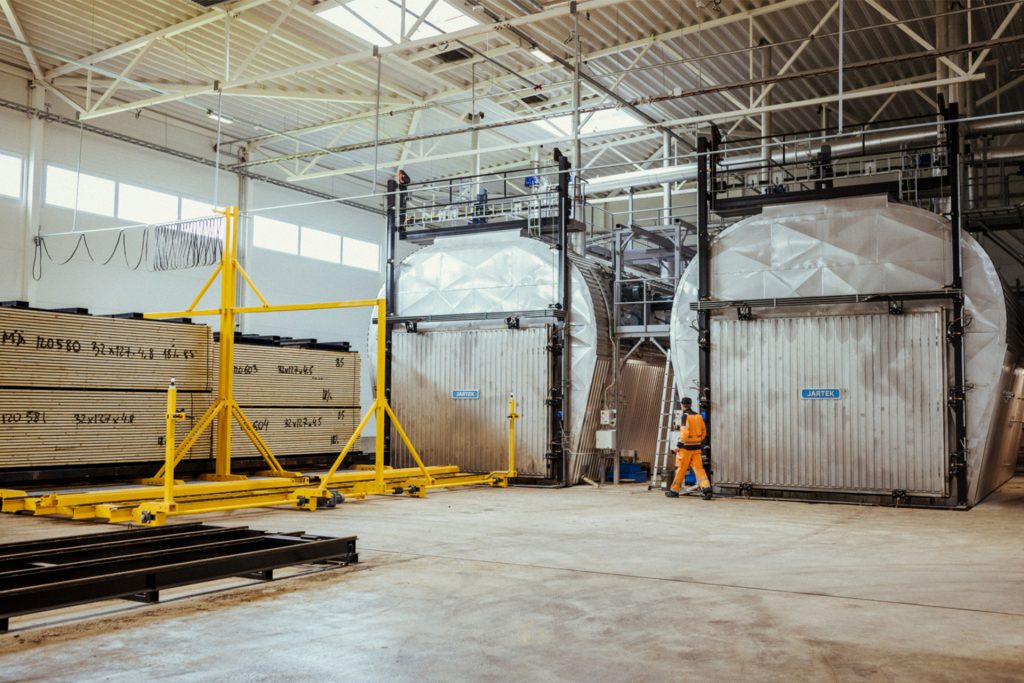
Everything made of wood is affected by the weather. So how does thermally modified wood perform in your climate? We’ve broken down some of the more extreme weather regions to help you decide if Thermory is the right choice for you and your project.
We wanted to hear about Thermory’s performance in extreme climates from those who intimately understand the challenges of these environments. We talked to our distribution reps in areas known for harsh climates – southern Ontario, the Pacific Northwest, and Nevada.
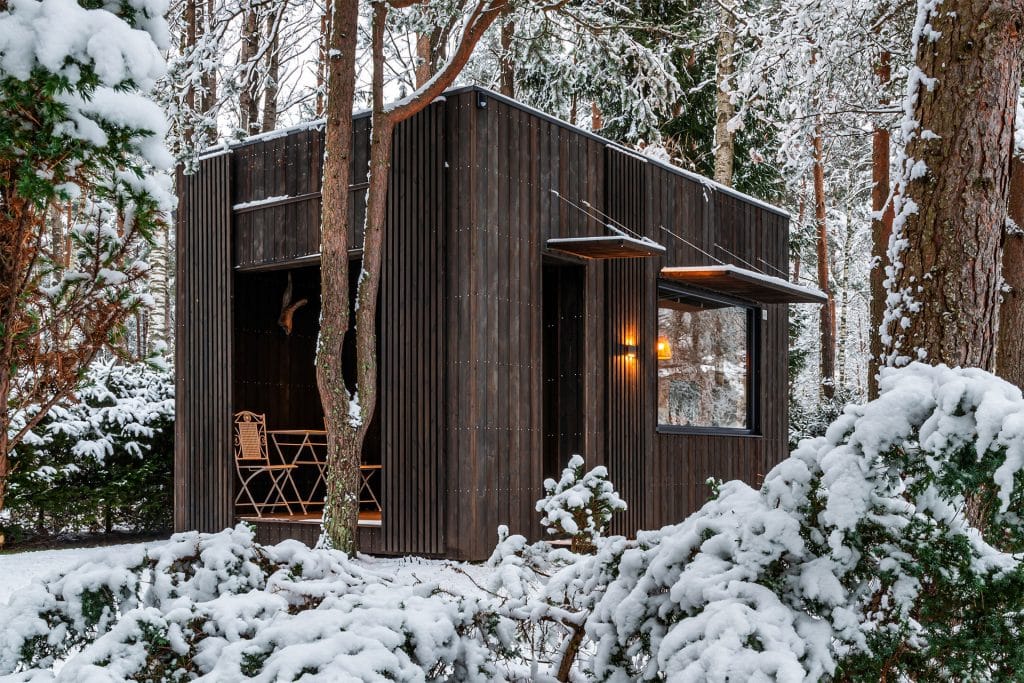
Canada is famous for its harsh winters. Sandy Mills from Stella Jones, our Thermory distributor for Canada, told us that in a place like southern Ontario where they experience all four seasons, such extremes can really affect exterior lumber products. Mills explained, “We get it all here. Summers can get up to over 100˚F (37°C) with 100 percent humidity. Winter can get down to -40˚F (-40°C) with 0 percent humidity.”
The freeze/thaw cycles can wreak havoc on traditional lumber products, damaging their structural integrity and creating issues with the fasteners and installation hardware. The cold and dry air can make wood brittle and cause it to split or check, while the hot and humid conditions can make boards swell and warp. Mills reinforces the idea that Thermory’s products will not swell up or shrink away from itself nearly as much as non-thermally-modified wood will, because of our process. Removing moisture and sugars from the wood helps lessen the possibility of warping or rotting.
Normally, a lot of pre-finishing and lumber treatments would be required in this kind of climate to combat those extremes, and wood is expected to be a very short-term material. While you don’t need to worry about pre-finishing the cladding, we certainly recommend extending the life of your products by keeping your wood well-oiled. Even in this environment, you can expect your Thermory boards to stay in great condition for decades.
The Pacific Northwest is known for having more rainy days than anywhere else in the U.S., making wood rot a major concern for builders and homeowners. Wood in an extremely humid climate has the tendency to soak up that moisture and swell. It also makes it susceptible to rot and fungi. Rot, mold, and mildew flourish pretty much wherever there is water, food, and oxygen. Bill Bone is the Specialty Wood Products Sales Manager for IWP, one of our distributors in Portland, Oregon. Bone explains that his climate tends to be humid and rainy most of the year, with cool, rainy and snowy winters.
Thermory is a great choice for this region because of our modification process. Bone points out that with that process removing all the sugars out of the wood, it becomes very resistant to rot for the long-term. Additionally, our process removes moisture from the boards, so that it actually becomes resistant to outside moisture.
To help repel even more moisture, treating your decking or cladding with a penetrating oil can extend Thermory’s life. Rainscreening can especially help protect your cladding projects from unwanted moisture. A rainscreen is essentially a double-wall construction, made up of siding with an air gap via furring strips, and a sheath.
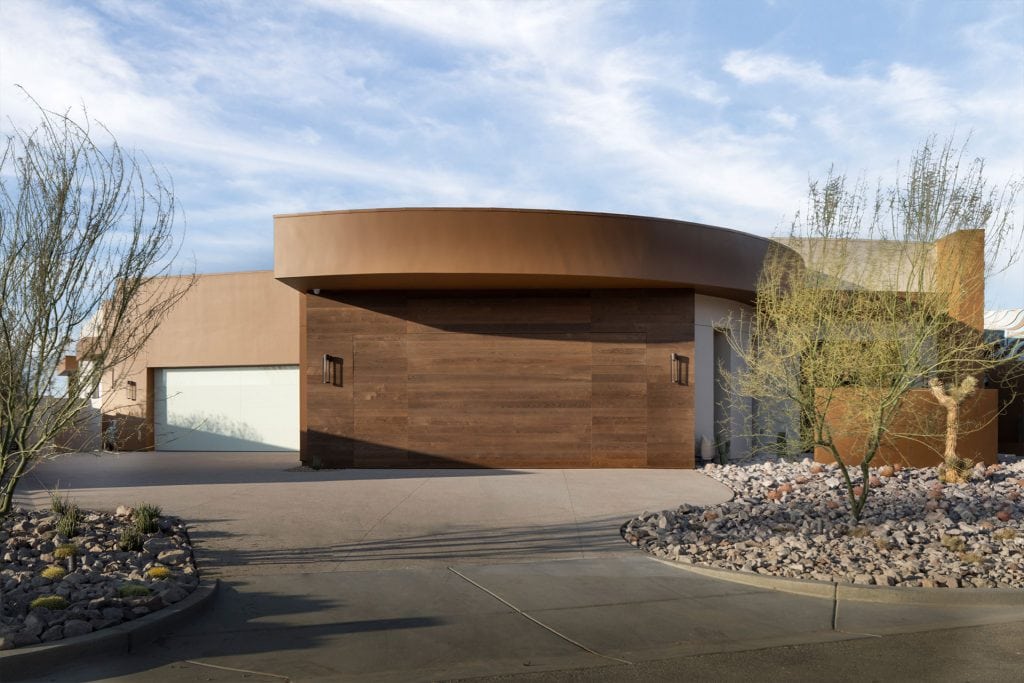
Deserts can be unforgiving with their heat, direct sunlight, and drastic temperature changes. The big fluctuations in temperature between day and night mean that typical woods will expand and contract rapidly and cause the grain to split and splinter. The dryness in the air due to the lack of humidity can also cause wood to become very brittle.
Unlike most wood, Thermory is able to stay durable and avoids getting brittle in an extremely dry, sun-soaked environment. Sandy Jensen with Greenline West in Las Vegas, Nevada also pointed out that there really isn’t much of an acclimation process needed, since the wood already comes at such a low moisture level. Jensen said, “Like all wood, it will move, but Thermory will move very little, which is very important for Nevada; it doesn’t shrink.” Also like most wood products, Jensen noted, “Thermory might get some hairline cracks on the face but that is simply aesthetic, not structural.”
Jensen remarked that in a desert climate like Las Vegas, Thermory may silver very quickly because it is exposed to the sun all the time. If you’re looking to maintain the original brown color, we recommend applying a penetrating UV-protectant oil, every six months (at first) to keep it looking fresh.
Compared to other materials, Thermory stays cool to the touch during the hot, summer months and is as aesthetically pleasing as it is high-performing. The heat transfer (or lack of it) was a huge highlight pointed out by our distributors.
Across markets and climates, Thermory is a stable wood product that can be used anywhere. It’s so stable that in many climates, you can even leave it untreated if you want without a worry of rot, warping, shrinking, or splitting. While most products may have to be treated every single year or completely replaced every five to ten years, Thermory has been rated for 15-25 years of rot resistance (depending on the species). However, with a little maintenance and care, it can last much longer.
All of these features allow for designers and architects to use real, solid wood products in outdoor spaces where they might not typically be used, like snowy Ontario, rainy Portland or dry Nevada. You can rest assured that if you want to build it with wood, Thermory can help you see that project through, no matter where you are in the world.
Originally published on Thermory USA.
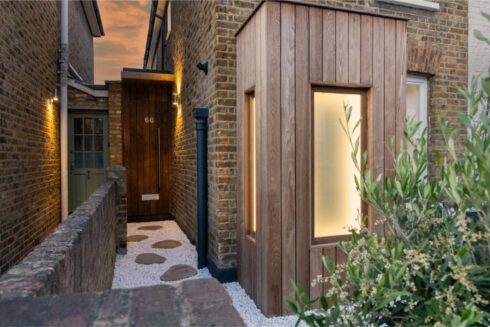
The most...
Rooftop spaces...
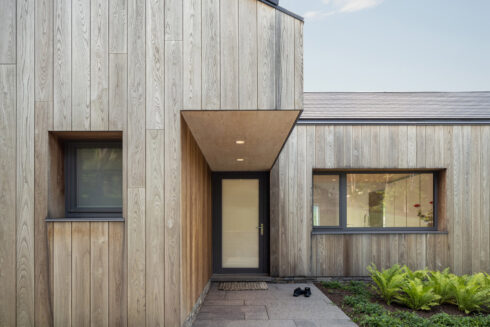
Contemporary...
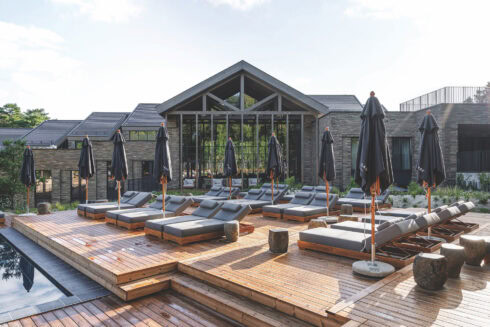
Wood decking adds...
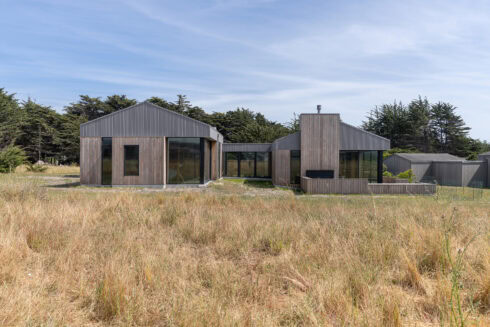
While a wood species’ natural properties play an important role in determining the timber cladding’s durability, they’re only part of the...
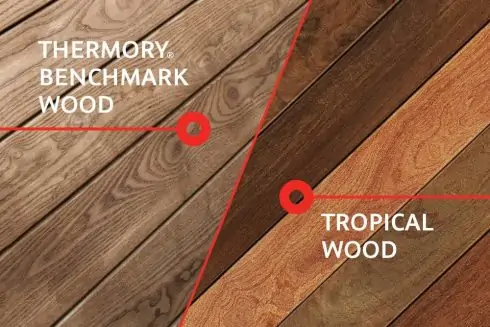
As the construction and design industries evolve, so does the demand for sustainable, high-performance building materials. For over 25 years, Thermory has...
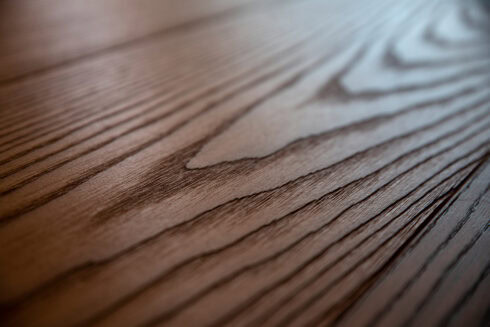
Picture a wood that balances elegance, durability and versatility – a natural material that not only meets your demands but also exceeds your...
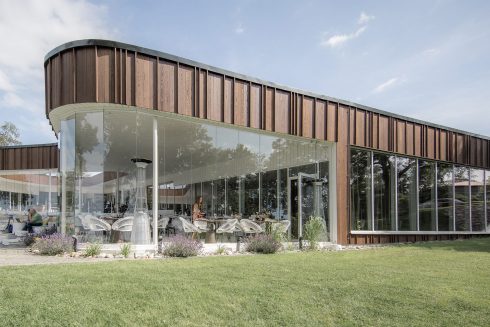
Combining different wood species, finishes and profiles brings variety to any interior or exterior design, delivering a tantalizing injection of texture and...
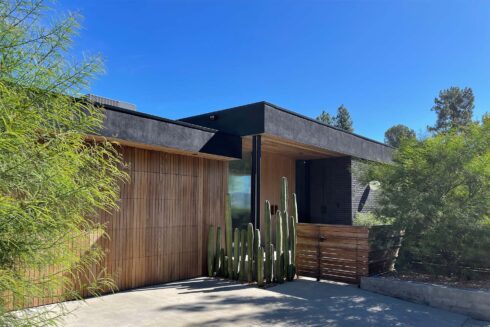
We were curious about the architecture trends and the popularity of timber in Australia, so we asked our down under partner, McCormacks Australia, to tell...
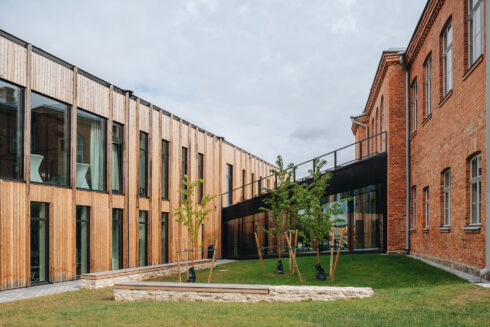
With the EU, US and many other countries aiming to achieve carbon neutrality by 2050, sustainability is not just a construction trend anymore, but it’s...
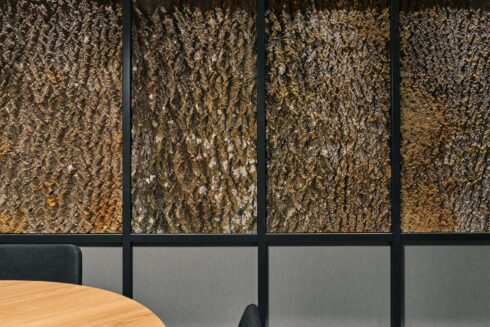
In the quest to shift our world towards more sustainable practices and circular processes, designers are increasingly turning their attention to...
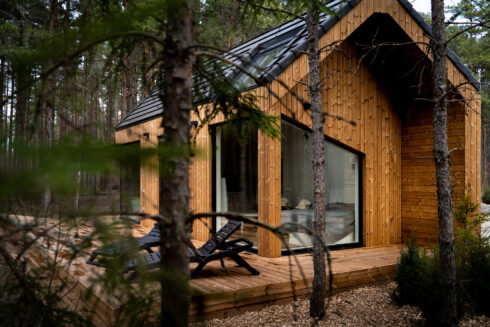
Sometimes, the best place to unwind and get away from it all is a secluded forest cabin in breathtaking surroundings. Find inspiration for your next...
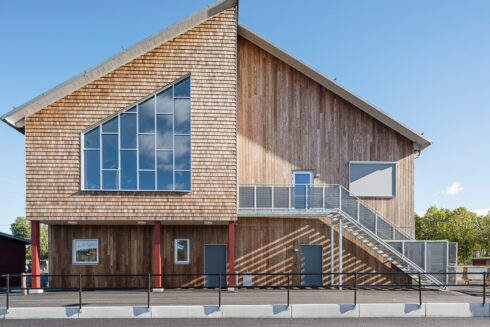
When it comes to designing and constructing educational spaces, choosing the right materials is crucial. There has been a growing trend towards...
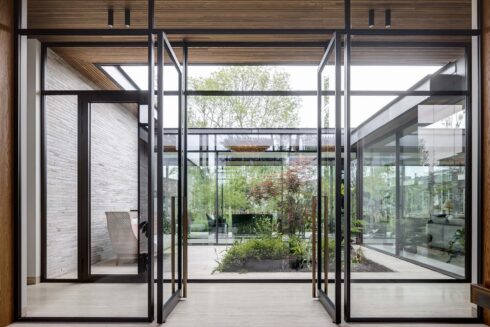
As architects and landscape designers, creating indoor outdoor living spaces that are sustainable and eco-friendly is more important than ever. With a...
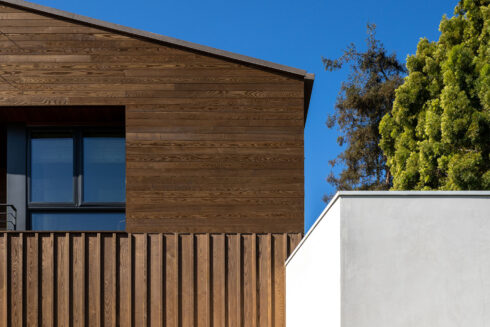
Wood is a highly valuable material and although it grows abundantly, we must treat this natural resource with respect and create value from even the smaller...
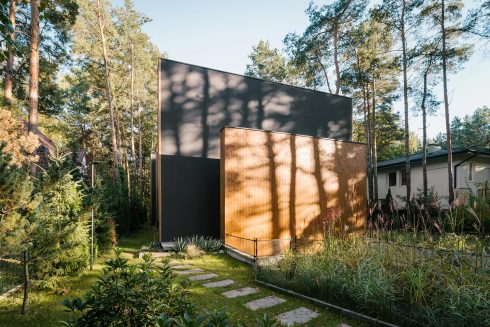
From intimate spaces like our homes to public urban areas, the environment surrounding us has a big effect on our well-being. Recent turbulent years have...
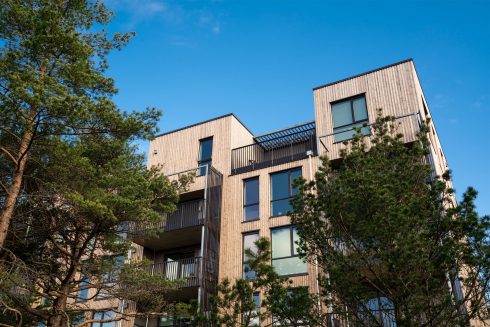
Finding the best solution to clad buildings is important for several reasons – as well as defining the look and feel of your design, it also has a major...
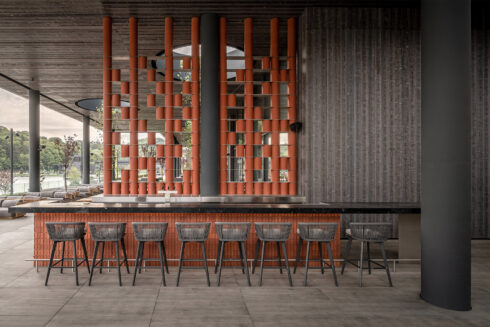
Thermory Design Awards is part of Thermory 25 celebrations for acknowledging and rewarding our...
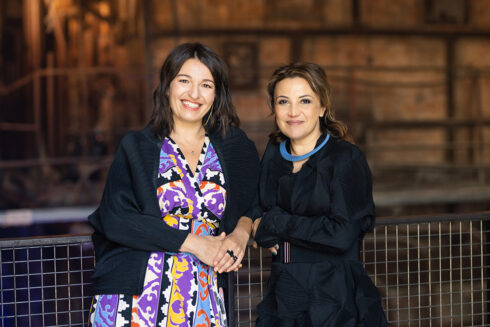
Curators of Tallinn Architecture Biennale 2022 exhibition “Edible ; Or, The Architecture of Metabolism”, Lydia Kallipoliti & Areti...
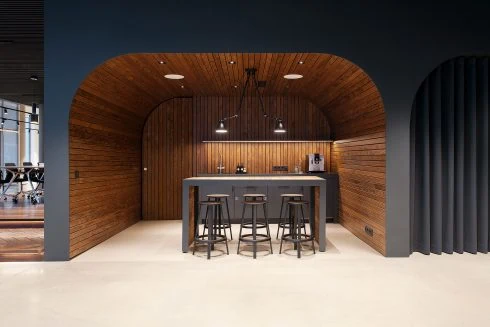
The aim of biophilic design is to create buildings and spaces that enable harmonious, naturally enjoyable experiences for their users by promoting the...
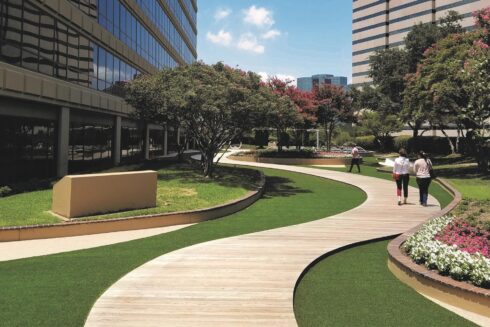
The purpose of biophilic design is to create spaces that deliver benefits for both human health and the environment by nurturing people’s innate affinity...
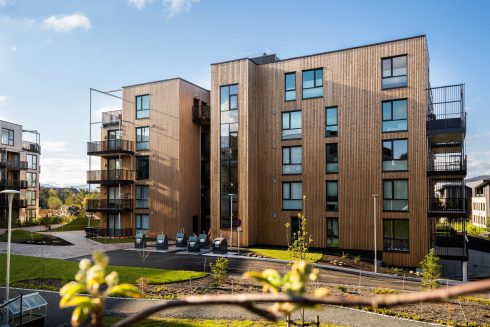
Natural wood can be used in many different ways. The beauty and versatility make wood unequalled building material. As both an interior and exterior design...
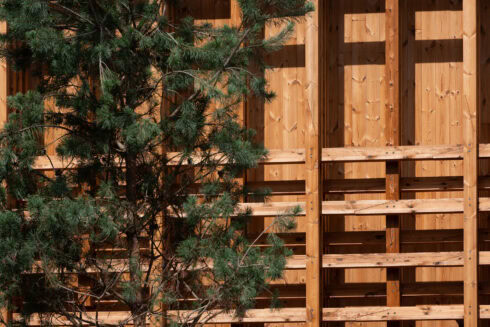
When it comes to...
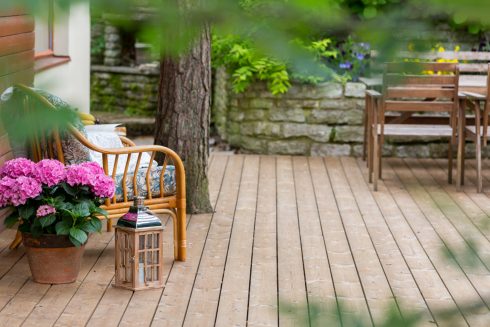
Home is where the heart is – a place where the whole family can feel safe and warm. The building materials you choose should enhance this feeling and...
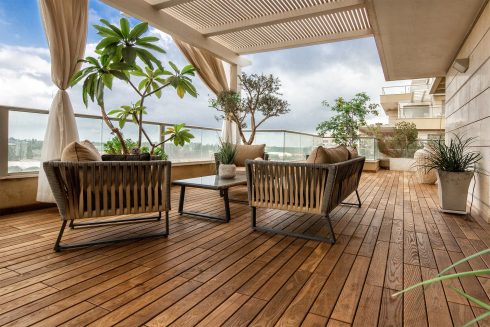
Wood is one of the most common building materials in the world and, with responsible forest management, it is the only renewable building material we have....
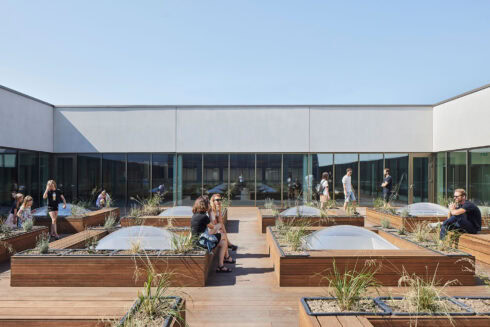
...
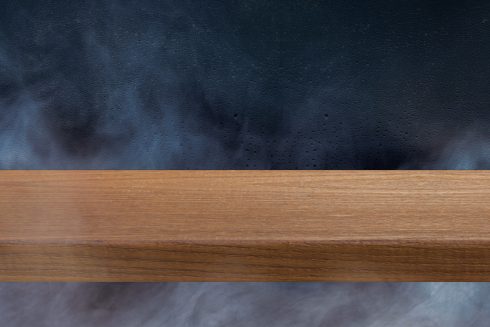
Thermally modified wood, often referred to as thermowood, is real wood enhanced using only heat and steam to improve its durability, dimensional stability,...
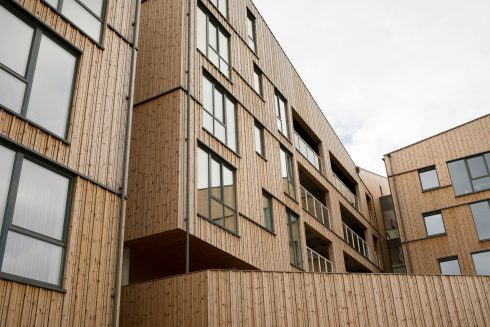
Thermally modified wood offers a unique combination of beauty, durability, and versatility. If you’re searching for fresh exterior cladding ideas,...
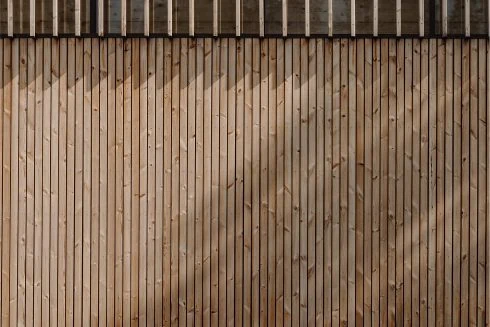
With rising concerns about climate change, the world community’s responsibility to reduce our carbon footprint rests with each and every individual and...
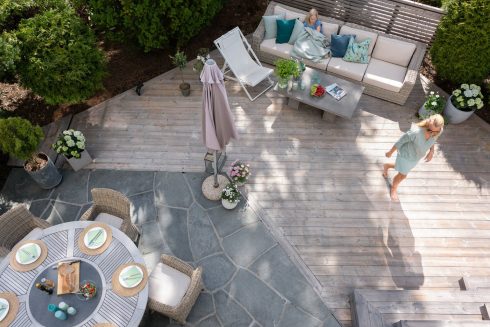
Wood is a natural material – and that’s part of its magic. Over time, its appearance changes, especially when exposed to the elements. Thermory’s...
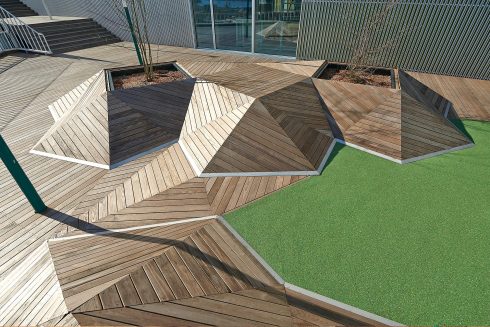
You’ve selected the perfect decking for your outdoor space – now you just need to decide how best to secure it in its chosen location. There are two...
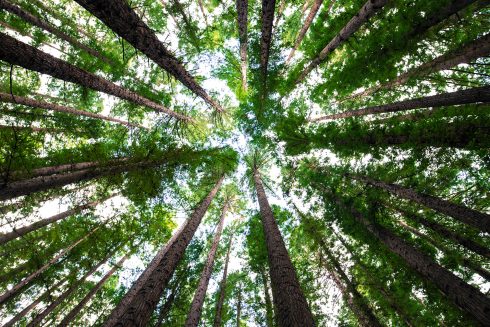
Wood is a sustainable and versatile material with an almost limitless range of uses, including construction, tools, paper and fuel to name just a few. But...
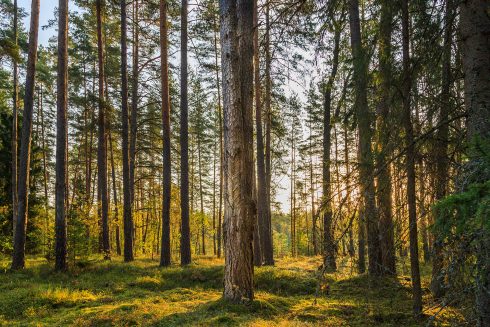
Ensuring the highest quality with the smallest possible ecological footprint and responsible use of resources are all principles that we consider important...
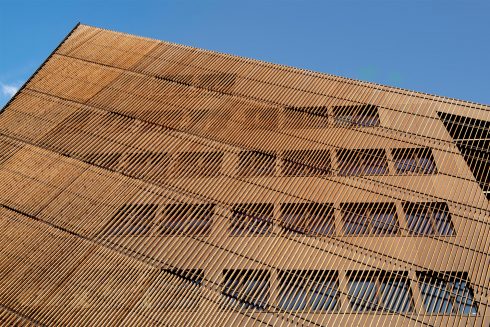
Throughout the history of architecture, surely no other material has been as influential as wood. It’s rare to see a building that’s been produced...
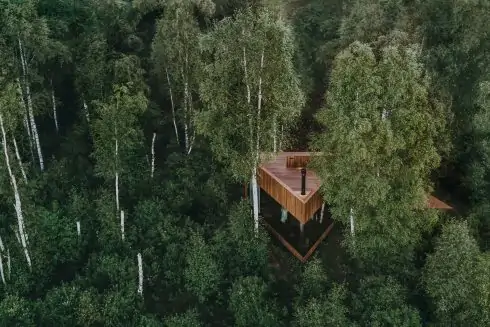
A trend is taking root in the worlds of architecture and interior design based on using natural materials and living plants to better...
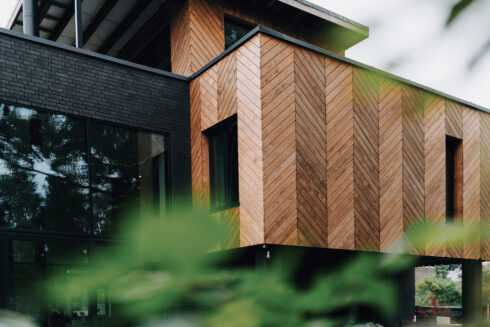
If you’re considering which wood types to use for a renovation or construction project, there are several considerations that may influence your decision...
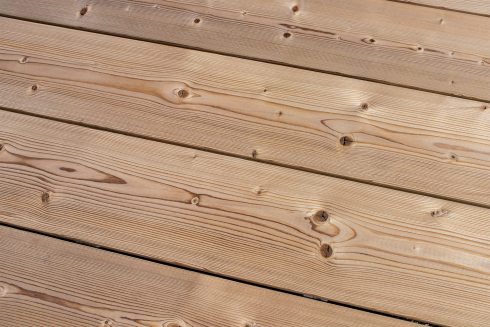
The wood-paneled interiors so common to mid-century homes have become sought after again, as many seek the warm, cozy feeling that the natural material...
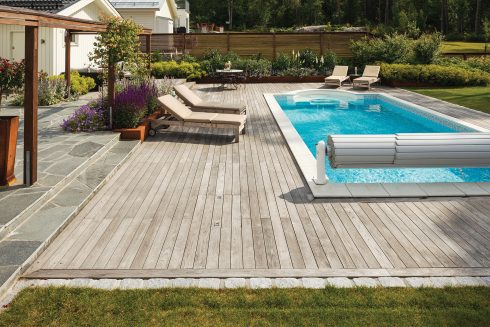
The warmth of springtime is fast approaching, and our thoughts are naturally turning towards spending more time outside. If you have a wooden terrace or...
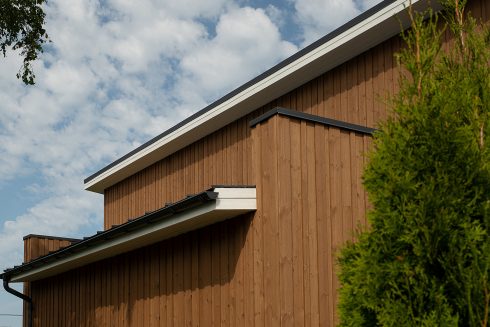
To ensure that your Thermory cladding retains its natural warm and authentic character, it’s important to apply the correct maintenance techniques. The...
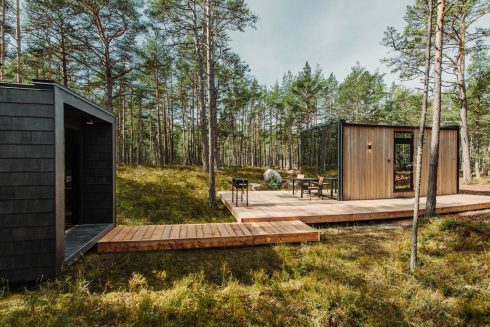
The tiny house movement has gained more momentum in the last decade, but why? It is based on tiny living: owning less so that what you own doesn’t own...

In 2022, the global megatrend of sustainable architecture and building practices will continue. Architecture trends influence the choice of materials both...
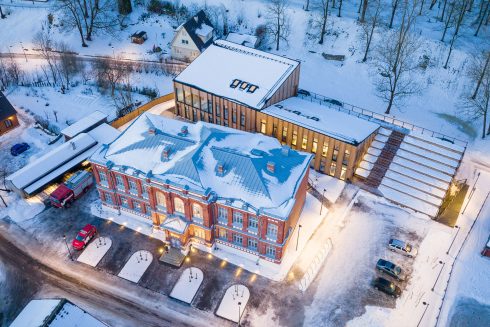
BENCHMARK THERMO-PINE CLADDING C4 20x115 / 26x 115, DECKING D4 26x115
ESTONIA
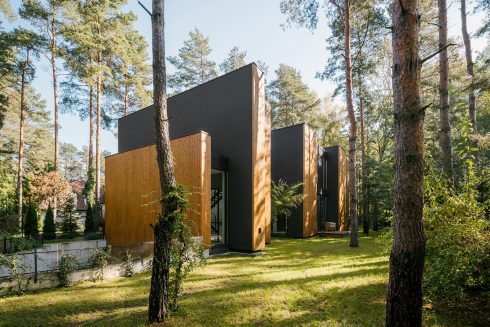
BENCHMARK THERMO-PINE
POLAND
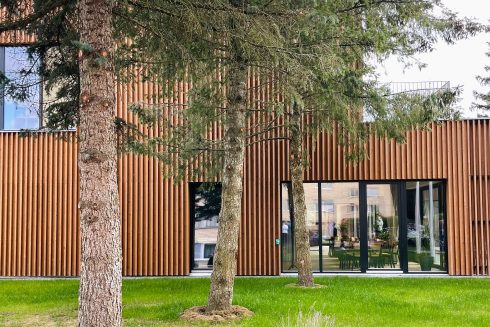
BENCHMARK THERMO-PINE
LITHUANIA

THERMORY THERMO-PINE MIX & MATCH CLADDING
NORWAY
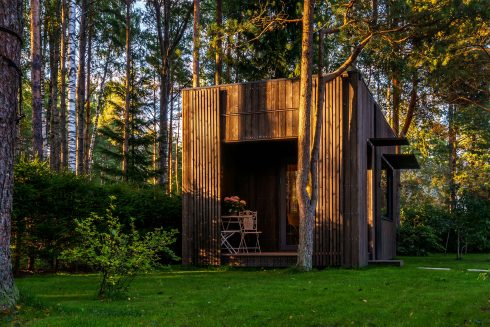
THERMORY BENCHMARK THERMO-SPRUCE BRUSHED CLADDING, THERMO-ASH DECKING AND FLOORING
ESTONIA
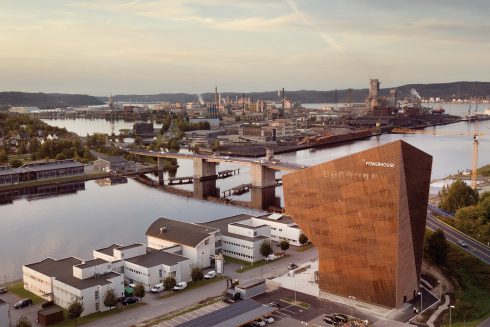
THERMORY BENCHMARK THERMO-PINE CLADDING C4
NORWAY
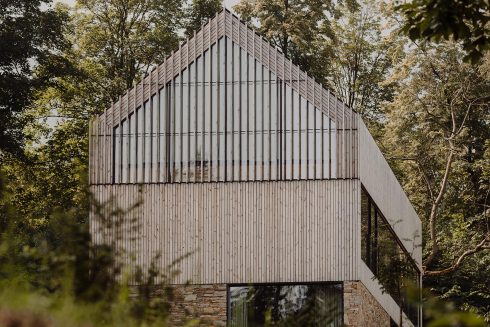
THERMORY BENCHMARK THERMO-PINE CLADDING AND ROOFING
POLAND
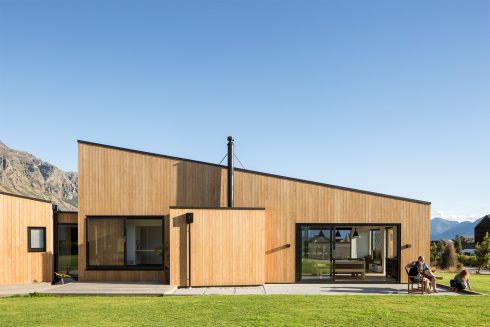
THERMORY BENCHMARK THERMO-RADIATA PINE CLADDING C3
NEW ZEALAND
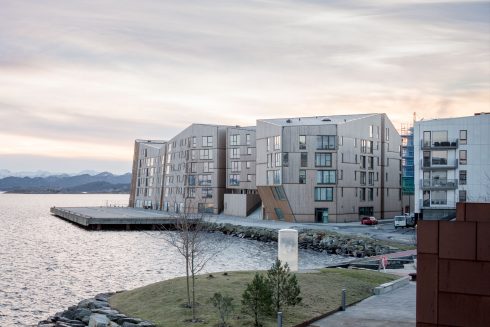
THERMORY BENCHMARK THERMO-PINE CLADDING C3 20X115 MM, ROOFING C10 20X140 MM AND DECKING D4 SG 26X140
NORWAY
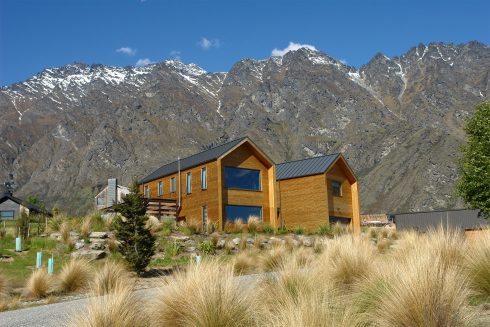
THERMORY BENCHMARK THERMO-PINE CLADDING C8 26X140 MM
NEW ZEALAND
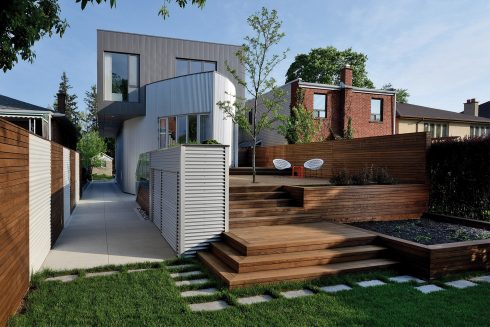
THERMORY BENCHMARK THERMO-ASH DECKING D31
CANADA

THERMORY BENCHMARK THERMO-ASH CLADDING C5 20X72/140/190MM, BRUSHED AND THERMO-ASH MEDIUM FLOORING F5 18X245
ESTONIA